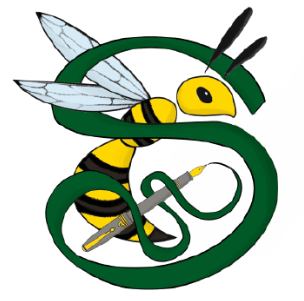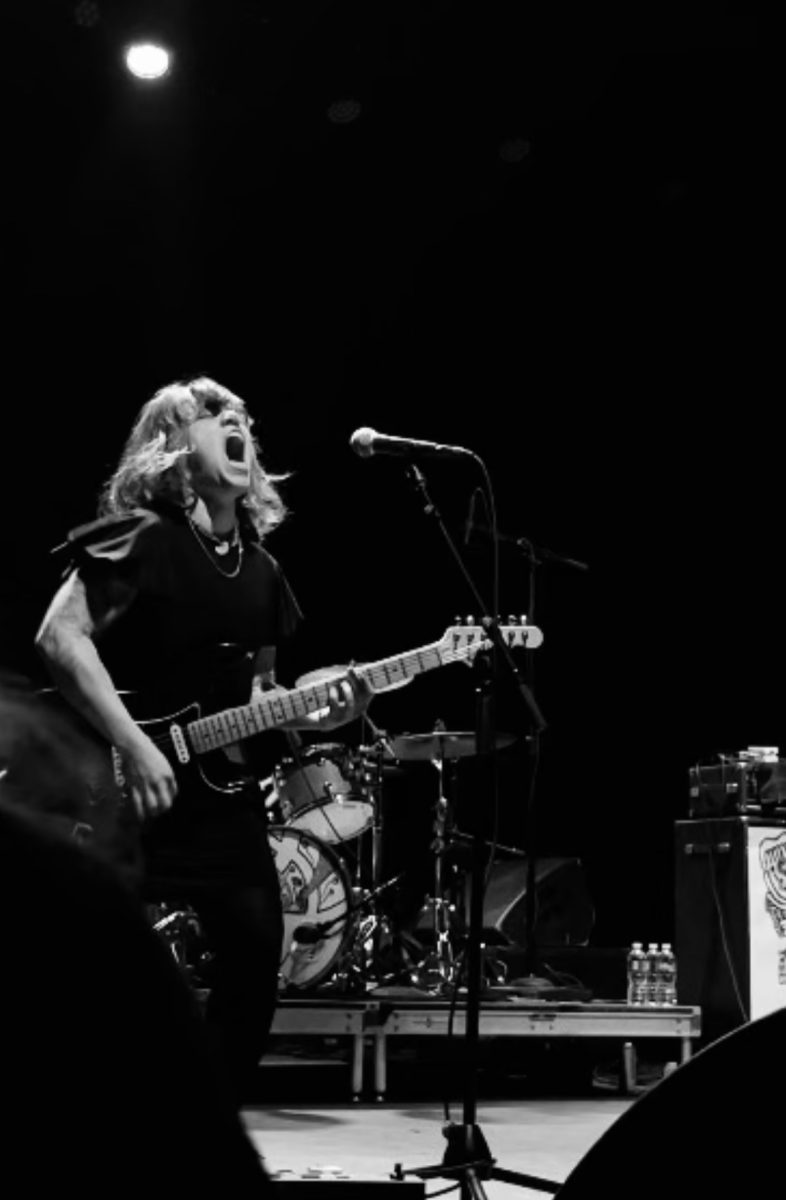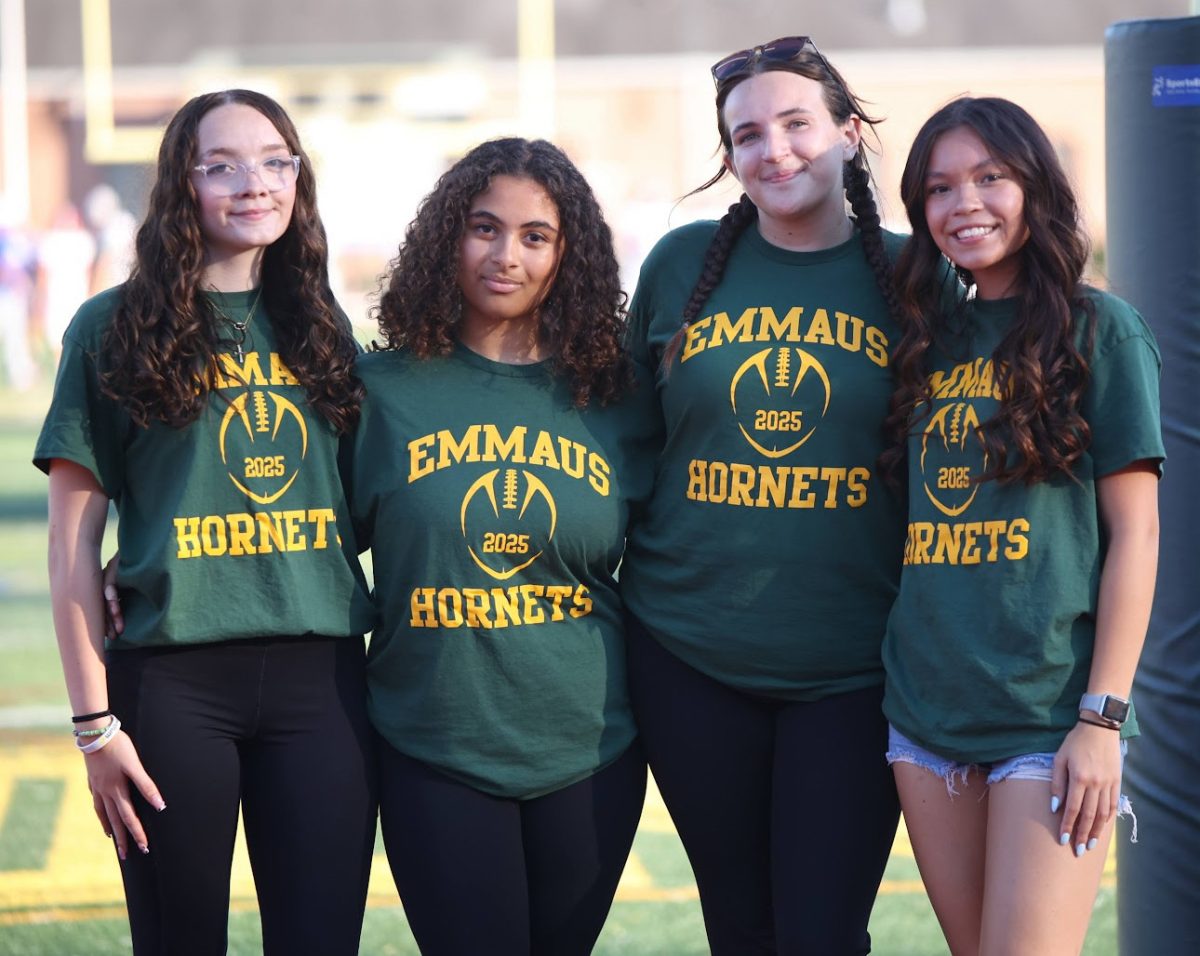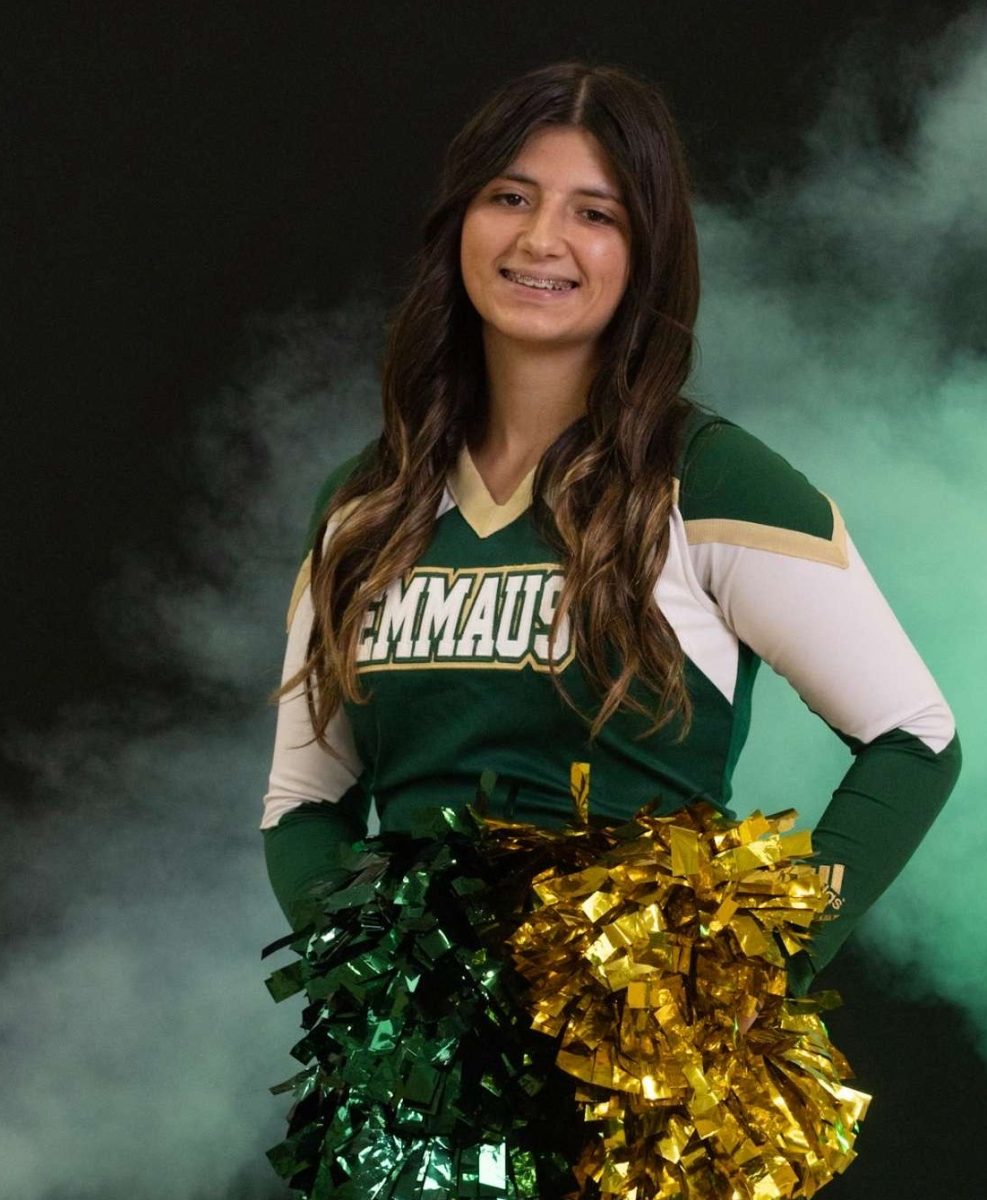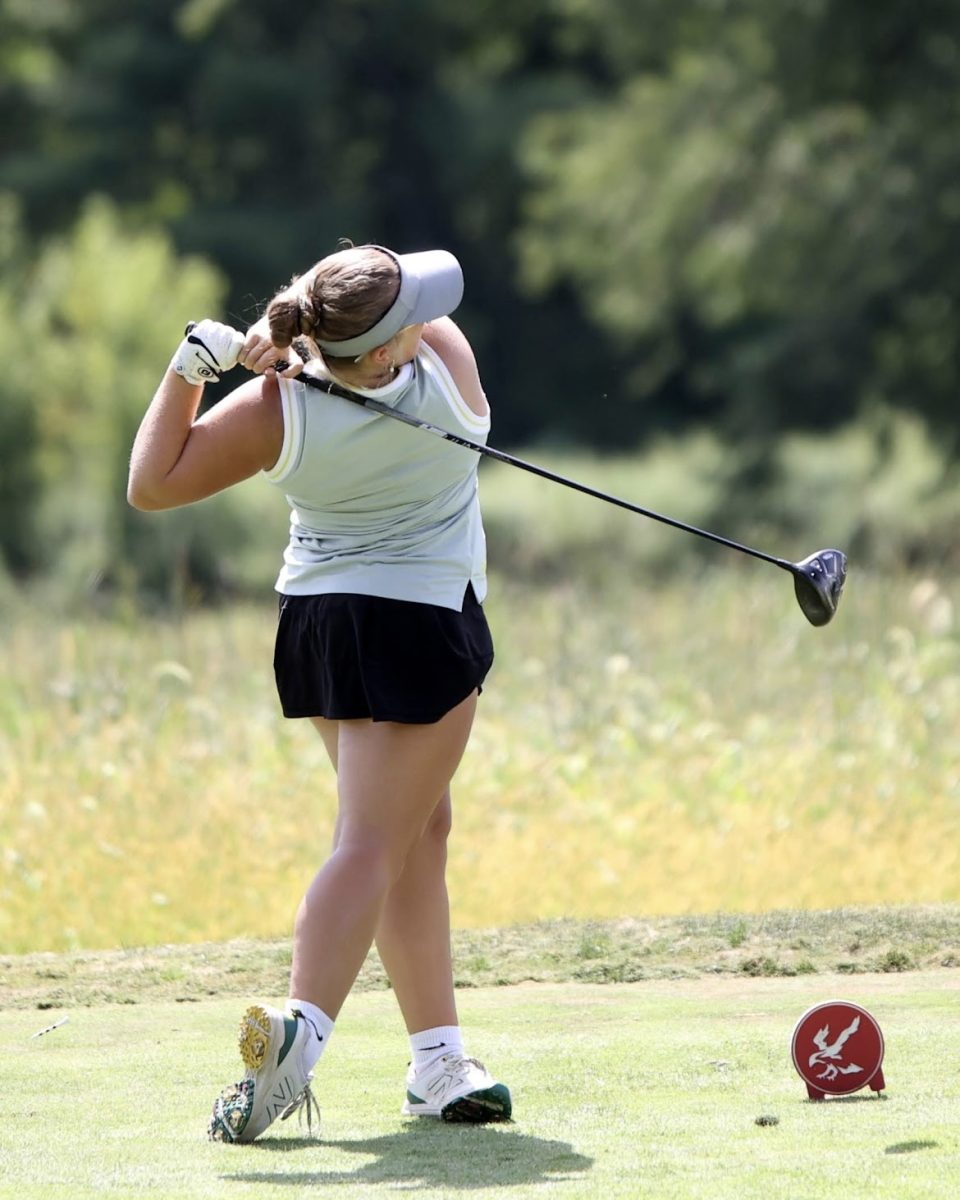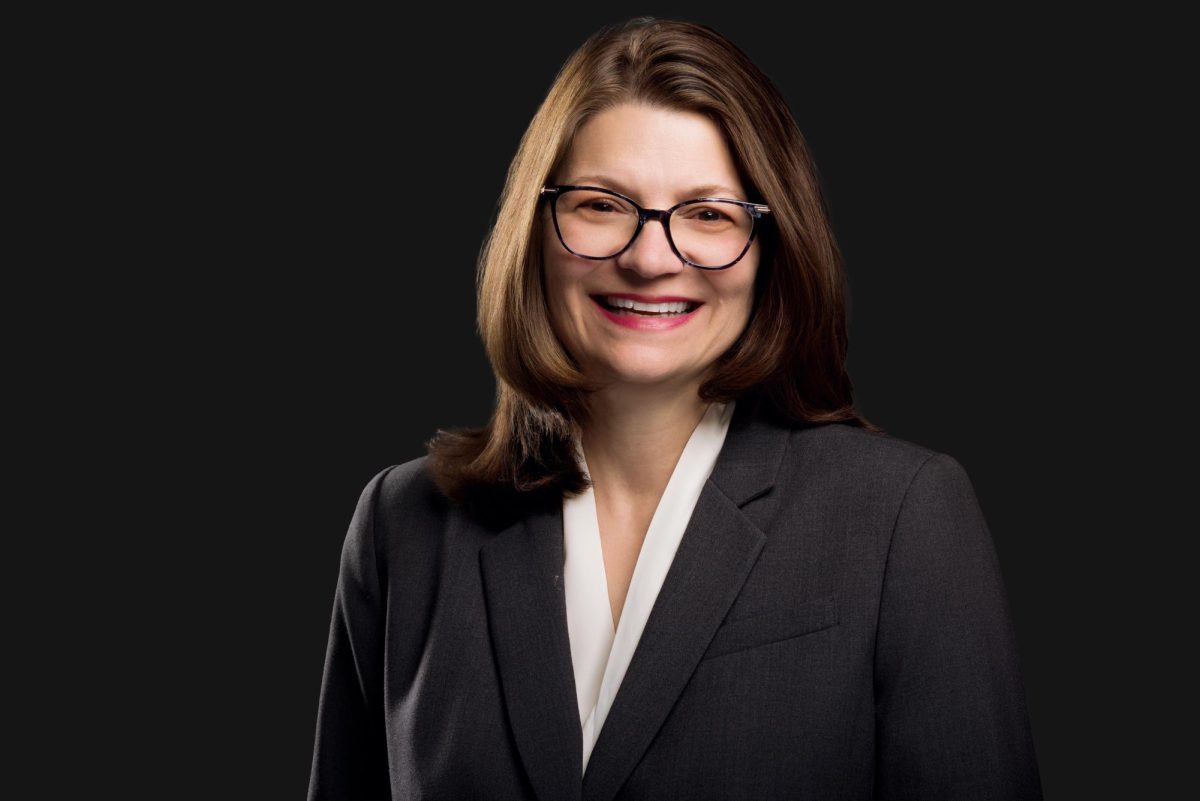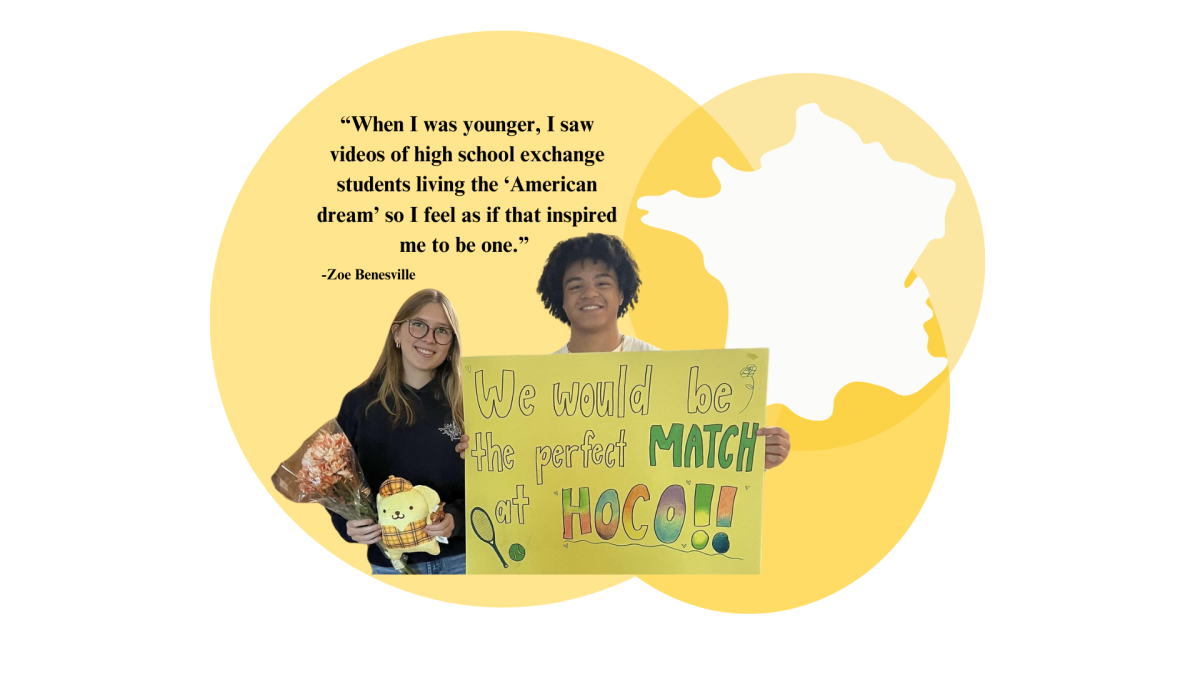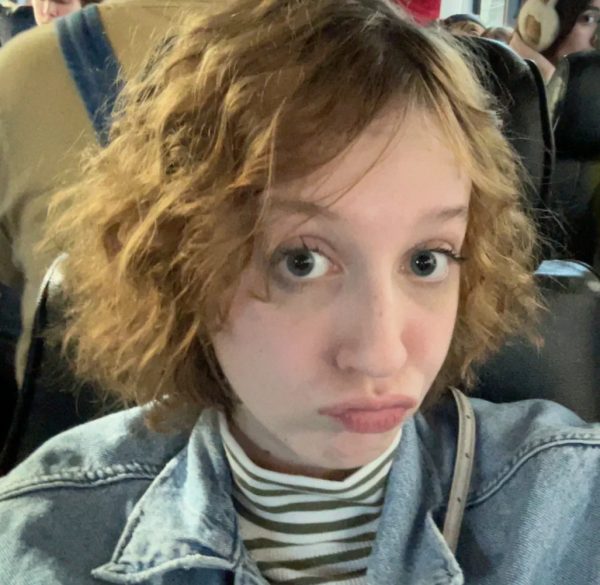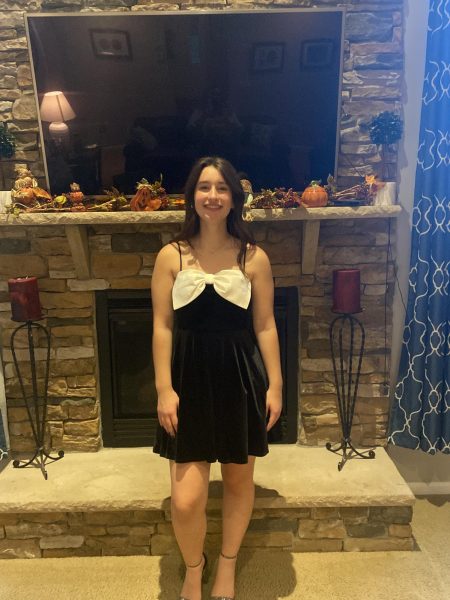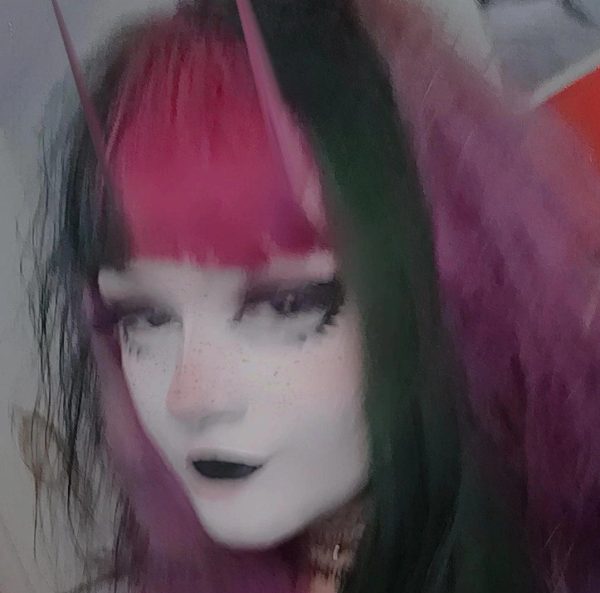 Excitement echoes throughout the compact walls of the venue as the sound of drums and guitars fills the air. Dozens of voices raise in a frenzied cry of joy and defiance, announcing to the world their ideas and beliefs. This is punk, and it’s spreading through Emmaus.
Excitement echoes throughout the compact walls of the venue as the sound of drums and guitars fills the air. Dozens of voices raise in a frenzied cry of joy and defiance, announcing to the world their ideas and beliefs. This is punk, and it’s spreading through Emmaus.
The punk scene has died down since its height in the nineties, but an attempt to bring back the lively culture is currently underway in the Lehigh Valley.
Grave Valley Riots, an Instagram page created by three high school students, is currently making an attempt to spread punk culture. Three students — Parkland High School seniors Zell Charon and Layne Moughan, later joined by Emmaus High School junior Chloe Dobson — united on Nov. 8 to create the page.
“I’ve always kind of wanted to be a part of something in the promotion of feminism and the local scene because I’m not in a band, but I’ve always wanted a way to be incorporated into it,” Dobson said.
Dobson joined when Charon, co-founder of Grave Valley Riots, reached out, bringing her into the making of it all.
The account acts as a posterboard for punk-related events that happen around the Lehigh Valley, providing a safe space for all those in attendance, especially the LGBTQ+ community.
“The main idea of it was to be able to create a community of people who go to these local shows, especially women and feminists, to be able to create a community of other people to know there’s a safe space for them,” Dobson said.
The owners of the account “will block any bands and individuals that have a reported history of mistreatment of this demographic,” keeping it safe for everyone in the community.
These punk shows, which Grave Valley Riots centers around, are simply one aspect of punk culture. Punk isn’t just listening to a certain type of music or dressing a certain way; it’s a subculture with its own world or beliefs. Punk philosophy, as defined by Alexander Wolke in the Nonconformist Magazine, is “promoting freedom of the individual and working against conforming to the cookie-cutter form of [existence] we are told we must fit into. It is a philosophy of hard work, determination, love, sacrifice, peace, and mental strength.”
Punk first cemented itself as not only a genre but an ideology in the mid-1970s. Many people have since been drawn to the punk movement, priding themselves on rebelling against the system in a creative way to express their beliefs of non-conformity. Chemistry teacher John Bradley was introduced into the punk movement during his time in college.
“I went to Temple University. There was a huge population of punk kids there,” Bradley said. “I didn’t know a damn thing about the music. I was more intrigued by the look of it all.”
Many people in the punk scene became involved through a pure interest in how it looked. Colorful hairstyles and edgy clothing set them apart from the crowd. However, while some may join for the aesthetics, they stay for the people and ideas.
“The amazing thing to me, when I started hanging out with [people associated with punk] was that they weren’t violent people at all… despite what they looked like. They’re actually very accepting people,” Bradley said. “The only time they would go crazy was when live music was in the room.”
While there are various aspects to punk culture, like clothing, fashion, hair, and ideology, the music is its defining characteristic. Punk shows in the 1990s were particularly known for their loud and rambunctious nature as their popularity spread through the country.
“People think it’s a really aggressive music group,” Dobson said. “If you were just to listen to it and judge it solely based off the music, obviously you could see that.”
Most punk music features a brutal electric guitar and shouty main vocals, underlined by a driving drumbeat that rattles the floor with its power. The crowds at shows are often loud and rowdy, with aggressive dancing areas called mosh pits forming in the audience.
“They would have shows in these horrible places, or what they would call ‘house shows,’ just toilets,” Bradley said.
Bradley’s description may sound harsh, but the small scope of the shows was part of the culture. The venues where punk bands would play weren’t necessarily stadiums or typical concert venues; they were rougher. The gnarly appearance of punk may be enough to drive away or lure in certain groups of people, but Dobson explains that the culture isn’t as violent as it seems.
“At first it can be intimidating, but going to shows, you realize that if somebody knocks you down, they’re always gonna pick you up,” Dobson said.
The shows contain mosh pits, which are known for their rambunctious acts, but the behaviors displayed aren’t an act of violence or anger, but acts of passion.
EHS senior Anna Paulino, an avid punk show attendee and punk fashion enthusiast, expresses herself by sewing patches. Being one of the many people who incorporates themselves into the punk world, she sews patches onto her clothing as a way to showcase her role in the community.
Within the many subcultures of the movement, a major facet of punk culture is expressing non-conformity through clothing like Paulino’s patches.
“People would cover themselves in patches,” Dobson said. “It will be a little square of cloth that will sew onto this jacket and it will have a band name or a logo or an ideology that people want to uphold or be supportive of.”
While punk culture may seem large or in-your-face, small details like patches have immense significance. Patches are often used as a vessel to express beliefs and opinions — Paulino’s own patches exemplify this too, with her pieces advocating for what she believes in, saying “My Body! My Choice!” “Give us a future!” and “Support local Bands.”
“Punk ideology is [based] off of DIY and doing it yourself. So, they basically make patches themselves, or they sew something themselves,” Paulino said.
People within punk culture have created a new safe space for people to branch out, sharing their beliefs, creating new things, or showing up to concerts. The music isn’t the sole uniting factor to punks; it’s simply something that brings many punks to the same place.
“It’s a show, but it’s a community where everyone comes together. They listen to the same type of music, or they want to get interested in the type of music, they’re there to have fun,” Paulino said.
The Grave Valley Riots Instagram page provides opportunities for punk bands to get their music heard.
“The communities are very small, so it’s harder for them to reach out and say, ‘Oh, we’re having a show, or we’re doing this,’ because a lot of people don’t know about it,” Paulino said. “So I feel like it’s really cool that someone’s able to uplift their voices and show things that are happening in the community.”
Punk shows are not just a concert for their attendees, they’re a home for many of the misfits in everyday society and a place to express their ideas in a safe environment filled with like-minded people. The people in attendance dress themselves in what they feel represents them
“There are going to be people at the shows that stand back at the wall, and there’s of course people that are in the mosh pit and dancing around. It’s just a great atmosphere,” Dobson said.
Grave Valley Riots welcomes all individuals who are interested in any part of punk culture to attend the shows. Punk shows are a place for rebellion, protestation, excitement, and community, driven by the shared belief in freedom and nonconformity.
“[Punk] gives this group of women and other people in the scene a sense of community and friendship and it’s almost like a family,” Dobson said. “It’s not just the music, it’s the group of people who make it what it is.”
